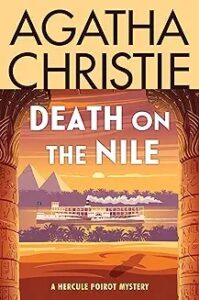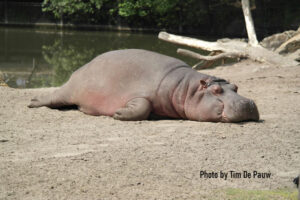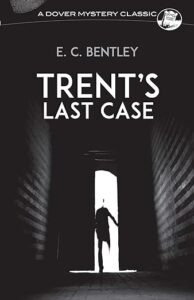
A little perspective, like a little humor, goes a long way. —Allen Klein
* * *
My first two novels were written in third person. Each scene had one POV character and the verb tense was consistent throughout the scene.
But when I began my third novel, Time After Tyme, I decided to try something new. I gave one character a first-person POV in her scenes. The rest of the scenes were in third person. I discovered the power of first person in that novel, and I fell in love with it.
“You never really understand a person until you consider things from his point of view … until you climb into his skin and walk around in it.” –Atticus Finch, To Kill a Mockingbird
* * *
I enjoyed writing first person so much that my fourth novel, Lacey’s Star, and the fifth (a yet-to-be-published middle grade effort), are written in first person from the main character’s POV. To me, first person is especially effective because the narration is a conversation (albeit one-sided) between the narrator and the reader. The narrator relays the story in his/her own words.
But there’s something else that’s special about first person that I think connects the reader to the story in a unique way. It’s a topic that I don’t recall having been discussed here on TKZ, so I’d like to raise it now. It has to do with verb tense.

* * *
Example 1 from the classic by J.D. Salinger.
The Catcher in the Rye by J.D. Salinger
“They kicked me out. I wasn’t supposed to come back after Christmas vacation, on account of I was flunking four subjects and not applying myself and all. They gave me frequent warning to start applying myself—especially around midterms, when my parents came up for a conference with old Thurmer—but I didn’t do it. So I got the ax. They give guys the ax quite frequently at Pencey. It has a very good academic rating, Pencey. It really does.”
Did you see how the author switched from past tense to present so the character can move from telling the events of the story to offering a personal opinion? It’s as if the character wants to share a little detail with the reader, so he turns directly to the audience and hands out some extra information. This ability to offer side comments in the character’s voice seems to me to be unique in first person, and it shows an aspect of the character that may not work if the author stays with past tense.
When I was working on my first-person novels, I didn’t realize I was using exactly this technique, but someone with editing experience reviewed some of my work and told me the tense had to agree all the way through each scene. I didn’t see it that way, so I went looking for examples that used the first-person past / present approach. In addition to The Catcher in the Rye, I found lots of other examples, and they convinced my friend this was a valid approach.
Example 2 from a highly-regarded Middle Grade novel.
The Remarkable Journey of Coyote Sunrise by Dan Gemeinhart
“Once upon a time, it was hot and I was sweaty. It was about five months before my thirteenth birthday, give or take. We were someplace in Oregon. Honestly, I don’t even remember the name of the town, but I know it was on the dry, hot side of the state, away from the ocean.”
Example 3 where John D. MacDonald gives his main character, Travis McGee, so many opinions to share in present tense that I had a hard time deciding which one to pick.
The Deep Blue Good-By by John D. MacDonald
“The next morning, after making laundry arrangements, I untethered my bike and pedaled to the garage where I keep Miss Agnes sheltered from brine and sun. She needs tender loving care in her declining years. I believe she is the only Rolls Royce in America which has been converted into a pickup truck.”
Example 4 from an American classic.
The Adventures of Huckleberry Finn by Mark Twain
“After supper she got out her book and learned me about Moses and the Bulrushers, and I was in a sweat to find out all about him; but by and by she let it out that Moses had been dead a considerable long time; so then I didn’t care no more about him, because I don’t take no stock in dead people.”
And finally, Example 5 from our own JSB.
Romeo’s Justice by James Scott Bell
“Which is why I owed her that blasted thing called honesty. I never want Sophie to have any illusions about this piece of work called Romeo.”
So, there you have it. Examples of past and present tense, each within one paragraph, and all from masters of writing. Novl.org has a nice summation:
“We use tenses every day naturally as part of speech. While consistency is key when maintaining narrative voice, it’s important to remember that you can play around with tense for interesting narrative effect. Whatever you do, just make sure you choose the option that best serves your story.”
“Whatever you do, just make sure you choose the option that best serves your story.” I like that.
* * *
So TKZers: Do you write in first person? Have you noticed the use of both past and present tense in first person narratives? Will the two tenses work in third person? Any reflections on the examples above?
* * *
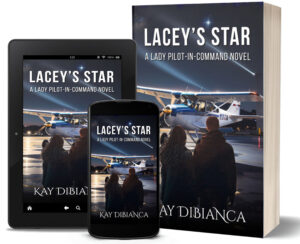
Private pilot Cassie Deakin offers a first-person opinion right from the get-go in Lacey’s Star:
“I do not like handsome men… Like the one sitting in the passenger seat of my Cessna 172 while I did the run-up prior to takeoff. Frank White.”
Buy on Amazon, Barnes & Noble, Kobo, Google Play, or Apple Books.







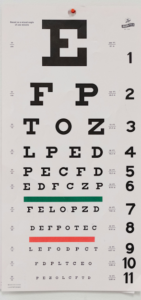








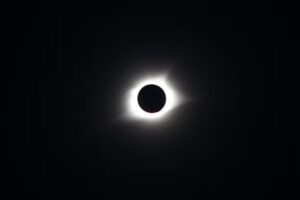
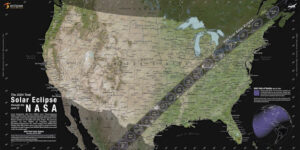

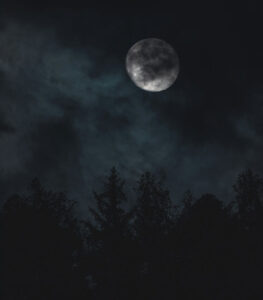
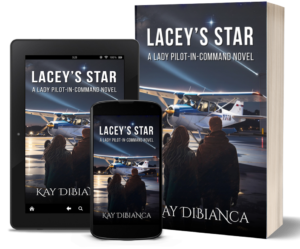
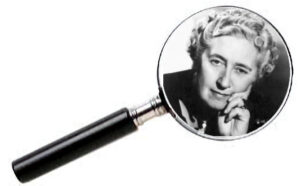
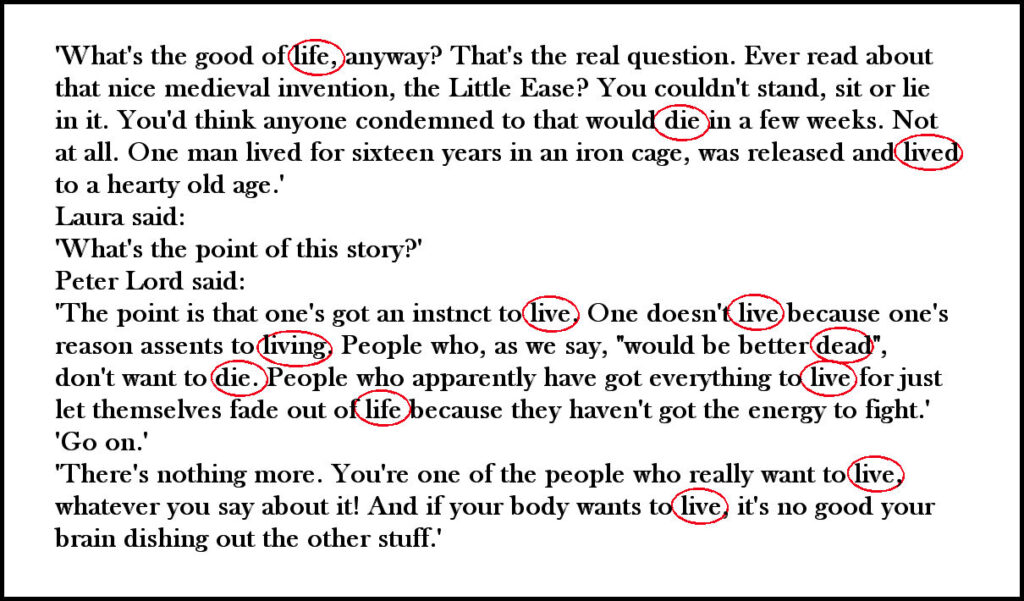
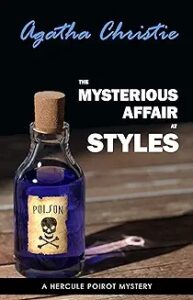 Dr. Danielsson plotted information about these aspects on a three-dimensional graph and plotted the same criteria from Arthur Conan Doyle’s works on the same graph. Christie’s books exhibited a consistency shown visually by her plotted points being clustered together while the points of Doyle’s stories were spread farther apart indicating his works were more dissimilar when compared to each other. This indicated that Doyle’s style had changed through the years while Christie’s had remained remarkably consistent.
Dr. Danielsson plotted information about these aspects on a three-dimensional graph and plotted the same criteria from Arthur Conan Doyle’s works on the same graph. Christie’s books exhibited a consistency shown visually by her plotted points being clustered together while the points of Doyle’s stories were spread farther apart indicating his works were more dissimilar when compared to each other. This indicated that Doyle’s style had changed through the years while Christie’s had remained remarkably consistent.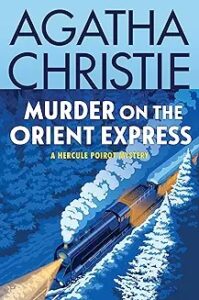
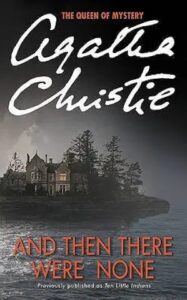 While some famous characters appear in multiple books and are popular with the reading public (e.g., Hercule Poirot, Miss Marple, Captain Hastings), the number of characters in each novel may be just as important. This prompted an interesting theory by David Shephard, Master trainer in Neuro-Linguistic Programming.
While some famous characters appear in multiple books and are popular with the reading public (e.g., Hercule Poirot, Miss Marple, Captain Hastings), the number of characters in each novel may be just as important. This prompted an interesting theory by David Shephard, Master trainer in Neuro-Linguistic Programming.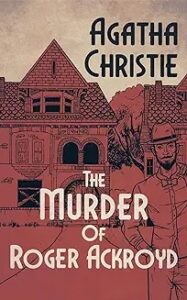
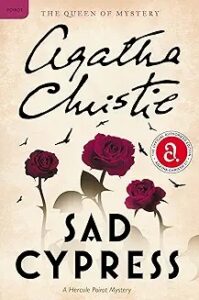 Although I found a site with the
Although I found a site with the 